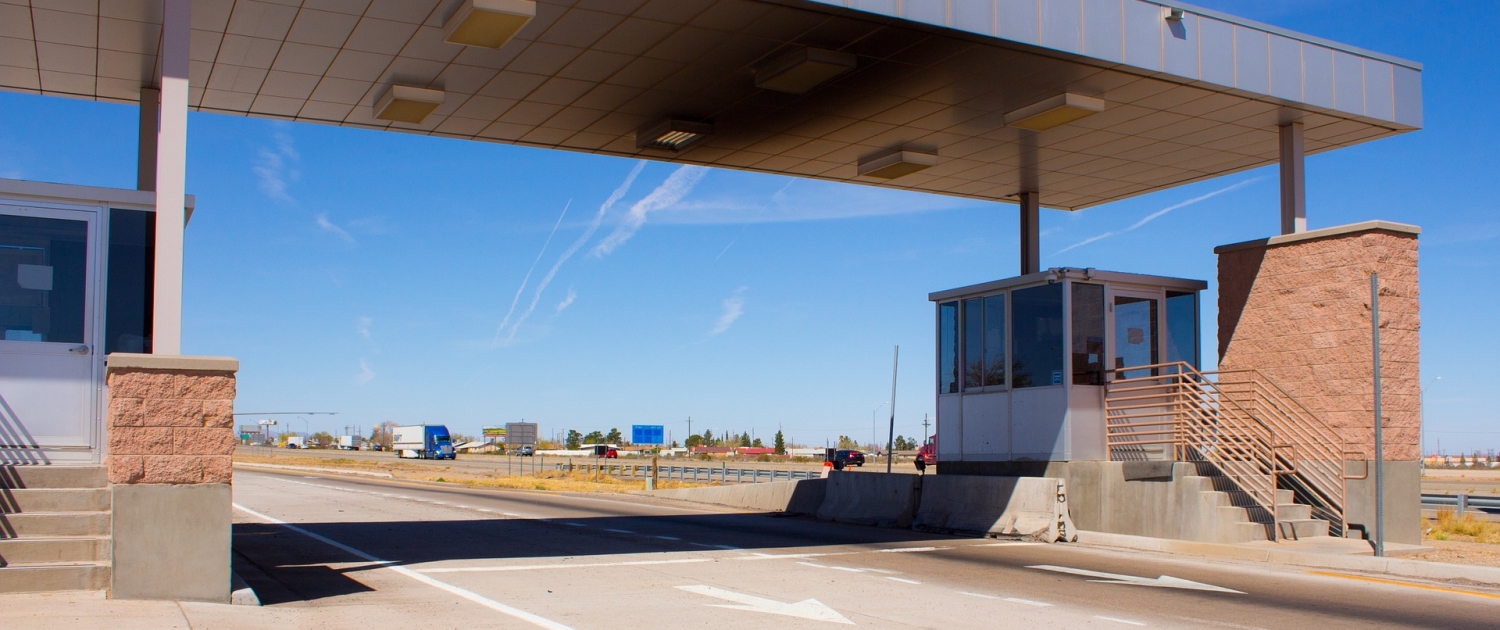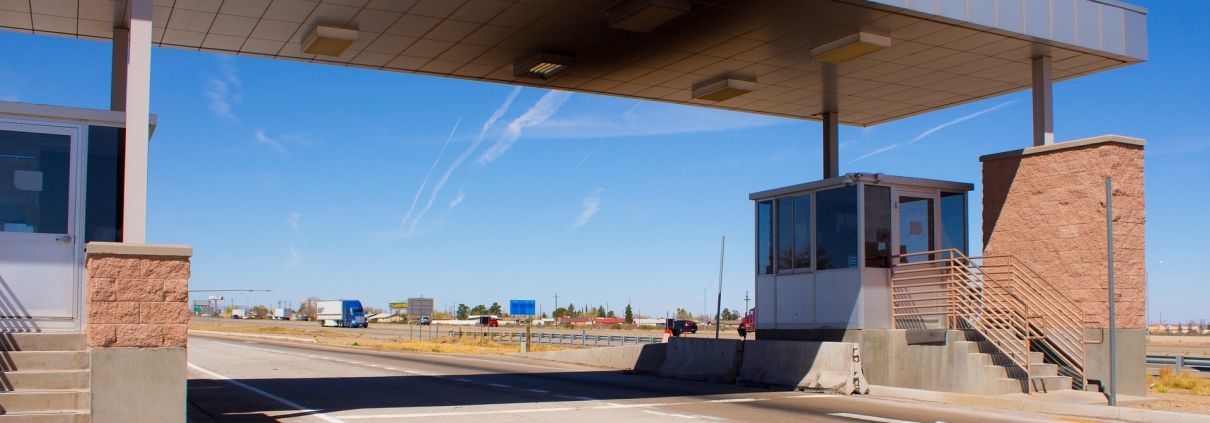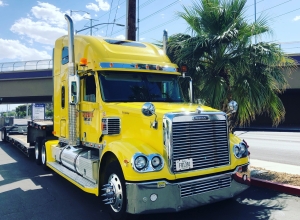 Most motorists pass weigh stations every day and don’t think much of them. But for truck drivers, weigh stations are a constant presence they need to be aware of while driving. There are currently 680 weigh stations in operation all across the country. These stations serve a number of purposes and have very strict rules that all truck drivers must follow. Here’s everything to know about weigh stations.
Most motorists pass weigh stations every day and don’t think much of them. But for truck drivers, weigh stations are a constant presence they need to be aware of while driving. There are currently 680 weigh stations in operation all across the country. These stations serve a number of purposes and have very strict rules that all truck drivers must follow. Here’s everything to know about weigh stations.
What is a Weigh Station?
A weigh station is an area off the highway where truck drivers pull over to have their truck weighed and inspected. They’re referred to as a “port of entry” when they’re near a state border, but they can also be in the interior of a state, especially in an area where there’s a lot of freight movement.
What Happens at a Weigh Station?
It used to be that weigh stations did just what the name implies; weigh semi-trucks. Now, the role of a weigh station is much broader. In addition to weighing trucks to make sure they’re under the legal limit, (the federal limit is 80,000 pounds) weigh stations may also check to make sure that drivers are in compliance with all FMCSA and DOT regulations. This includes checking for HOS violations, looking at freight paperwork, and checking for other safety violations related to the truck, similar to a standard DOT inspection.
When approaching a weigh station, the driver will first look to see if it’s open. There will be flashing lights or a sign saying if it is or not. If it’s open, the driver will get in the correct lane and pull over, either getting in line to be weighed or driving up to the scale if it’s open. Some scales are portable and the driver can be weighed while driving, while others are stationery and require the driver to stop the truck. Once the driver has been weighed, they’ll either be waved off or signal lights will let them know that they’re subject to a further inspection.
Do Trucks Have to Stop at Every Weigh Station?
Yes, drivers of any commercial vehicle over 10,000 pounds need to stop at any weigh station they come across that’s open. Never think about skipping a weigh station, even if there’s a long line. The risks of doing so heavily outweigh any benefit.
It’s very possible that a state trooper will be at the weigh station waiting for a truck driver to drive by without stopping and pull you over. The ticket alone could be hundreds of dollars. That’s not to mention that the officer will have you get off at the nearest exit and get back on the highway to go through the weigh station. At that point, it’s much more likely that you’ll be subject to an inspection rather than being weighed then waved off.
If you’re ever wondering if there’ll be a weigh station on your route, you can check here for a comprehensive list of every weigh station in the country. This list also contains information on tolls, fuel tax rates, and more.
Can I Bypass a Weigh Station?
If your carrier participates in a bypass solution like, PrePass or Drivewyze, then you may be able to. These are mounted devices that can be put in your cab to alert you when a weigh station is approaching and if you’re able to bypass it or not. Be aware, there are some types of loads, like oversized and hazmat that always need to be checked, no matter if you have a bypass device.
While many drivers consider weigh stations a frustrating part of the job that adds time to their runs, they do serve a purpose. Weigh stations are meant to make sure that overweigh trucks aren’t causing major damage to the country’s highways that could lead to major road maintenance, delays, and possible accidents. As long as drivers follow all posted signage and keep all their freight documents in the truck, they should be out of weigh stations and back on the road in no time.
Find a Truck Driver Job
Drive My Way matches you with a job based on your personal preferences and qualifications.
Create a Free Profile








